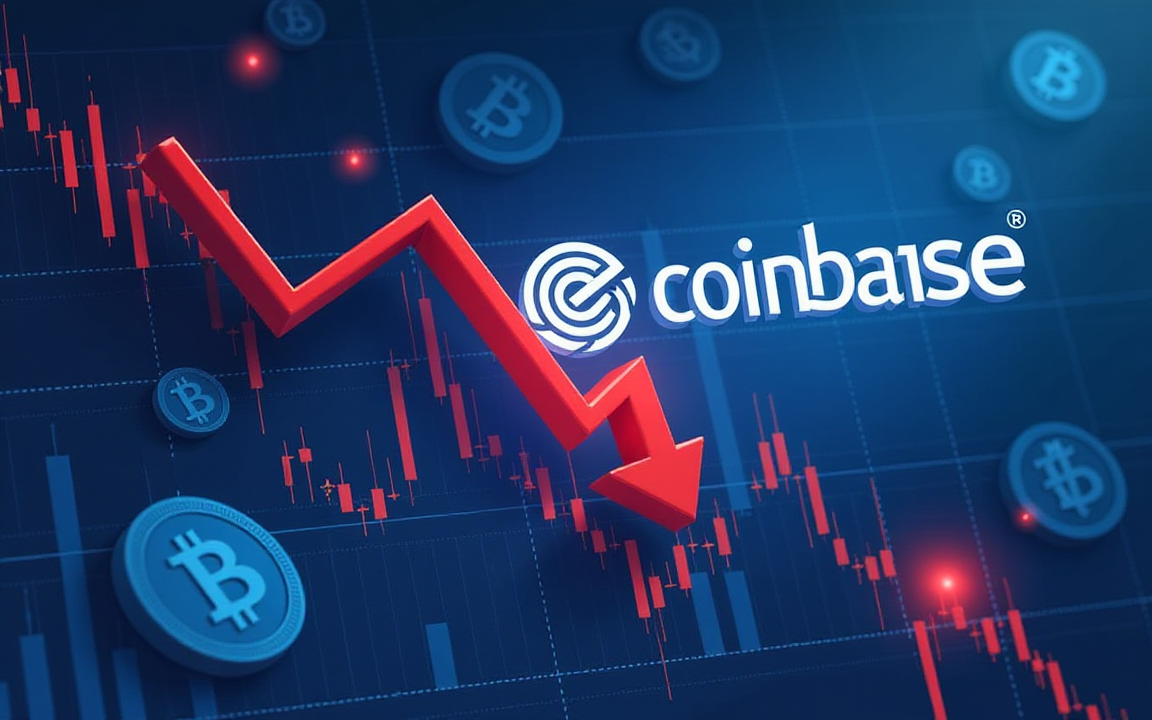How “smart money” is preparing for the great AI market reset

In the past couple years, the US market was mostly guided by the story of AI, chips and data centers.
The thrill of giving money to the so-called “hyperscalers” that would then invest heavily in AI infrastructure investments would get any investor hyped up.
But we are now discovering that building the AI future is not just a technology race. It is a financing puzzle measured in trillions. Cash flows, debt costs, depreciation schedules, and credit guarantees now matter as much as neural networks.
And the past few weeks have been a roller-coaster. Hedge funds and sovereign funds are repositioning, seasoned investors are making new bets, and speculative stocks are still trying to hold on to the hype.
We are seeing a market that is reassessing what the AI buildout means for balance sheets, credit markets, and long-term profitability.
The trillion-dollar capex wave flies off Big Tech’s balance sheets
The numbers are large enough to force investors to rethink how they evaluate tech giants.
Morgan Stanley estimates that global AI infrastructure spending will reach roughly $2.9 trillion between 2025 and 2028.
The big platforms can only fund about half of that through internal cash flow. They need roughly $1.5 trillion from outside sources to build the data centers and power networks required for the next stage of AI adoption.
Meta, for instance, chose to build a vast campus using a special investment vehicle funded mostly by Blue Owl’s private credit pools. The company retains only a minority stake. The debt belongs to the vehicle, not to the company.
Meta signs a long lease and records the stake as an unlisted investment. The model avoids the pressure that would come with placing tens of billions of dollars of new borrowing on its own balance sheet.
A Bloomberg analysis suggests that the structure is designed to protect earnings and keep reported leverage low while still expanding capacity at enormous scale.
Other firms are following similar paths. Oracle issued $18 billion in bonds for data center growth. Meta also sold $30 billion of notes in its second large sale in two years.
Alphabet is preparing long-dated bonds of up to 50 years.
However, these traditional bonds cover only a small part of the buildout. Much of the expansion is now taking place through private credit, leasing structures, and vendor financing.
This moves heavy funding obligations into specialist lenders, neocloud firms, and miners that have pivoted to hosting AI workloads.
Their cost of debt is much higher. Some pay floating rates above 12%. They often depend on priority guarantees from larger tech companies to obtain financing at all.
The result is a system where the risk of overbuilding sits outside the core balance sheets of the hyperscalers. Investors are starting to ask what happens if demand disappoints or if customers delay projects. Those questions reach the credit market first.
Oracle’s credit default swaps widened recently after it became clear how dependent future demand was on OpenAI, a company burning through cash while negotiating over one trillion dollars of infrastructure partnerships.
The early signs of strain show up in speculative tech
The transition from pure excitement to hard financing showed up quickly in the market. A group of smaller AI and quantum stocks that had almost tripled from July to mid-October fell by roughly one third over the past month.
Earnings season forced investors to compare the stretched valuations of speculative names to the strong results from established companies. Many decided that the trade no longer made sense.
There were industry-specific triggers as well. Rumours of government support for quantum computing faded. Several AI hosting firms cut revenue forecasts due to delays in major contracts.
But the underlying driver was a return to profitability and cash generation.
Investors began to reward companies with established earnings and pull back from those with distant or uncertain payoffs. The value factor rose while speculative AI names reversed sharply.
These moves also tie back to the financing question.
If Oracle’s debt carries more risk because its largest AI partner is burning money, how should markets value the smaller firms deeper in the supply chain?
When the creditworthiness of the giants becomes part of the discussion, the halo around the small players dims.
That dynamic explains why the steepest declines occurred on the periphery of the AI ecosystem.
Smart money is repositioning as the AI cycle matures
The most interesting changes are coming from the largest institutional investors.
Many hedge funds reduced positions in the Magnificent Seven during the third quarter.
Bridgewater cut its Nvidia stake by almost two thirds and halved its Alphabet position. Tiger Global and Lone Pine sold down Meta. Coatue trimmed Nvidia.
These firms rotated into application software, payments, rails, insurers, and selected consumer names.
Their decisions suggest a desire to lock in gains and reduce exposure to the most crowded and most expensive tech trades.
SoftBank sold its entire $5.8 billion Nvidia stake, not due to loss of faith in AI but due to a change in focus.
The group is committing tens of billions to OpenAI and has pledged support for the Stargate data center project in the US.
The plans require heavy funding. Selling Nvidia raises the cash needed to pursue those projects.
Yet the timing has led some investors to question whether valuations in the chip sector have peaked after a massive multi-year rally.
More recently, Saudi Arabia’s Public Investment Fund exited positions in nine US-listed companies, including Visa and Pinterest.
Its US portfolio fell to about $19.4 billion, the lowest level this year.
The sovereign fund is diverting more capital to domestic projects tied to Vision 2030 and to large gaming investments such as the $55 billion take-private deal for Electronic Arts.
These changes point to a trend where global allocators are reducing broad US equity exposure and concentrating on strategic assets where they see stronger control or clearer alignment with national priorities.
Not all long-term investors share the same view, however.
Berkshire Hathaway revealed a new stake worth more than $5 billion in Alphabet.
The position is already indicating a change in tone from earlier years, when Warren Buffett often said he regretted missing the opportunity.
Berkshire appears to see lasting value in Alphabet’s mix of search, cloud, and AI models at current prices, even as other large investors trim the stock.
The contrasting moves highlight how divided the investor base has become as the AI cycle enters a more capital-intensive phase.
Earnings quality is now back in the spotlight
Another layer of scrutiny has emerged around how Big Tech reports its profits.
Michael Burry raised concerns that companies are stretching the useful life of server and GPU equipment to reduce annual depreciation costs.
Meta expects to cut almost 3 billion dollars from its 2025 depreciation expense by extending timelines.
Alphabet and Microsoft have made similar adjustments. Depreciation among the major spenders has roughly doubled over the past two years and is expected to rise further.
The debate centers on how quickly this equipment loses economic value.
Nvidia releases new chips at a rapid pace. A five-and-a-half year schedule may not reflect actual replacement cycles. There is no simple answer.
Server lifetimes have increased in some cases, thanks to better optimisation.
But the scale of capex means that even small changes in assumptions can move reported profits significantly.
Investors now talk more about free cash flow durability than headline earnings, a shift that would have seemed unlikely during the early phase of the AI rally.
The combination of rising depreciation, massive capital needs, and complex financing structures has changed the way markets look at the sector.
The main indices appear steady, but the underlying flows show a market in transition.
Earnings are still growing for the largest platforms, and demand for AI models remains strong.
The question moving forward becomes twofold.
First, how much can the technology impact our lives and affect productivity?
But what investors need to know is who pays for the next trillion dollars of infrastructure and which companies convert that investment into genuine long-term returns.
The post How "smart money" is preparing for the great AI market reset appeared first on Invezz



